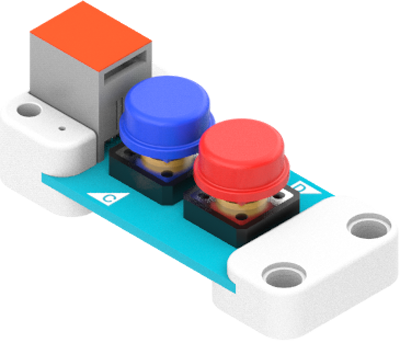
Everyone who listens to speakers should be able to control his or her volume regardless of the studio setup, to say nothing of the other handy functions often found in console monitoring control sections – such as selecting a variety of sources, potentially a couple of different sets of speakers and facilities like mono-ing and muting. However, being able to control the volume of studio loudspeakers isn’t something fashion or technological advancement should have much influence over. Then, as new methods of recording and mixing, aided by changes in technology, shoved the traditional mixing console out the door (with some help from able bodied volunteers), the essential volume control disappeared along with it.
Bitperfect mono switch professional#
Historically, the studio speaker volume control was part of a set of monitoring controls found smack bang in the centre of a large-format mixing console, which invariably formed the hub of every professional studio. This device is usually found firmly planted right between our recording or mix platform and the speakers. Rather, it’s like many things that escape our attention in life – something quite simple. It’s not the latest ‘vintage’ microphone or that cutting-edge sound polishing plug-in. This is common for amps, some better than others, but you will always see the phono stage much lower in the db scale because they can't make it as quiet as a line level input.I n amongst the seemingly infinite variety of audio gear that’s available to improve your life in the studio, there’s one item that’s often overlooked. So knowing ALL stages have a hum compared to the line level input Agitater, you can't entirely banished it doing anything on your part.


Then once that is done add the switch and see if it's making the phono circuit louder, or different. So my advice to the OP, is try getting a base of what the phono stage sounds like with nothing to do with table, switch boxes, cables. Select the phono stage, again no source at all turn the volume way up and you will most certainly hear the stage humming. You can do this with any system with no sources plugged in and just speakers, select a line level input and hear nothing. Y-cables but couldn't find anything about having the switch as an outboard component that comes before the phono preamp stage.Ĭlick to expand.Now what the OP is doing is setting the selector to phono, not playing any music and turning the volume up very high. The switch does introduce a very minuscule amount of buzz which I cant detect by just sitting in front of the speakers at a reasonable or even loud volume, but I can hear it if I crank my amp volume wayyyy up past where I could ever stand to listen to music, so that's not really a problem, just a minor artifact that I know exists but doesn't affect my listening experience.Īnyone ever tried this mono switch approach? I've read tons of threads here about mono switch vs.

being routed through the bypassed switch. I don't notice a difference in quality when playing stereo records straight from TT->Amp vs. It also definitely attenuates some high end from the L&R that exists on most of my mono records which is sometimes really nice and other times it seems to be kind of a dulling effect which is a little "meh". It definitely helps clean up noisy old mono records and helps with centered imaging on certain mono records. It seems to be doing the trick but I don't have a mono button on my amp to compare it to. I recently added a simple mono switch with RCA ins/outs to my setup because my integrated amp doesn't have a mono button.


 0 kommentar(er)
0 kommentar(er)
